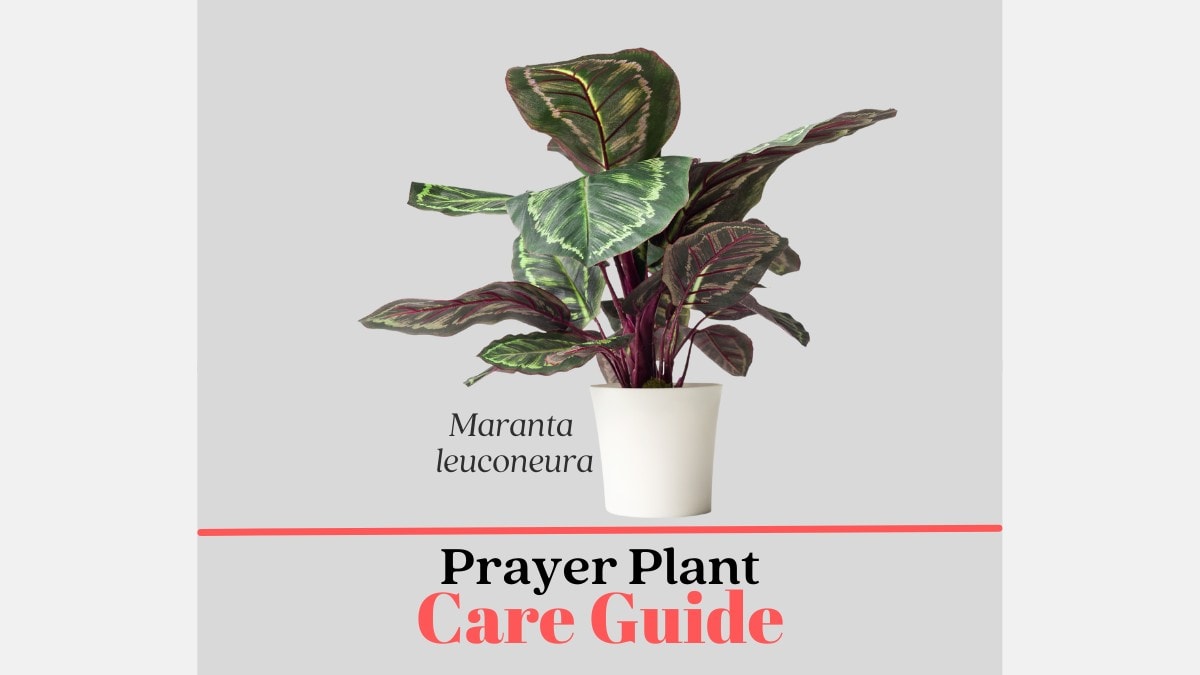Your cart is currently empty!

Prayer Plants Care Tips

Prayer plants are native to the tropics and thrive in environments where humidity is high. They’re easy to care for and make great houseplants.
These plants like a good soil mix with plenty of drainage, so use a mixture of two parts peat moss, one part loam and one part sand. Avoid overwatering these plants, as doing so can cause root rot and fungal problems.
Fertilize Regularly
A regular feeding schedule is crucial to your prayer plant’s health and growth. During the spring and summer, you should apply a half-strength fertilizer that has a water soluble balance of nitrogen, phosphorus and potassium every 2 weeks. In winter, cut back to once a month.
Keeping your prayer plant properly fed will help it grow well and avoid problems like root rot, which can destroy the roots of the plant. It will also prevent the yellowing of leaves and other signs of nutrient deficiencies.
When you do fertilize your prayer plant, make sure to read the label and err on the side of not adding too much. Using too much can cause fertilizer burn, which can result in browned leaf tips and edges.
Water Wisely
Prayer plants are very sensitive to watering, and you should always give them plenty of it. Watering too little will result in yellowing leaves and weak stems.
Overwatering can also lead to root rot, which can cause the plant to die. To avoid this, make sure to regularly check the soil for signs of overwatering or underwatering.
You should also consider repotting your Prayer Plant in an appropriate pot. Ideally, it should have drainage holes to ensure that excess water can escape from the soil.
If you choose a shallow or flat pot, the plant will do best. Alternatively, you can use a terracotta or ceramic pot, which allows the soil to retain moisture for longer between waterings.
You should also try to water the bottom of the pot rather than the top, as this can help deter pests like fungus gnats. Watering from the top causes the soil to dry more quickly and can lead to compacted potting mix over time.
Keep the Plant Away from Heat
Prayer plants prefer a cool temperature, so keep them away from heat that can cause them to dry out. They are also prone to leaf loss and wilting when exposed to sudden changes in temperatures, so keep them sheltered.
They also like moist soil, so make sure to water them often and give the top 2 inches of the soil a good soak. Don’t allow the soil to become bone dry, however, as that can lead to root rot.
When you water, use filtered water whenever possible to avoid contamination with chemicals like chlorine or fluoride. It also helps to empty your watering containers or saucers regularly so the water can evaporate naturally.
Aside from pests, heat stress can kill your plant. This happens when your plant reaches its maximum temperature and is not able to revert to its normal growth cycle. This is especially true of young plants that have been raised in a semi-shade environment before being transferred to full sun or outdoors.
Pruning
A plant needs pruning to encourage growth, reduce excess wood and make room for new shoots. Pruning is an art as well as a science.
When you start pruning, spend some time observing the plant. What you observe will give you clues about how to prune it, and what types of cuts it might need.
For example, a plant that only blooms once per season may need cutting down to encourage more branches to grow and produce flowers in future seasons.
You also need to watch out for fungus, insects and other pests that can harm prayer plants. These include spider mites, mealybugs and aphids.
These pests aren’t particularly dangerous, but if you do notice any signs of them, you can treat the plant with a neem oil or similar botanical oil to reduce their numbers. In addition, keep your plant in a high humidity level to prevent them from causing damage.
by
Tags: